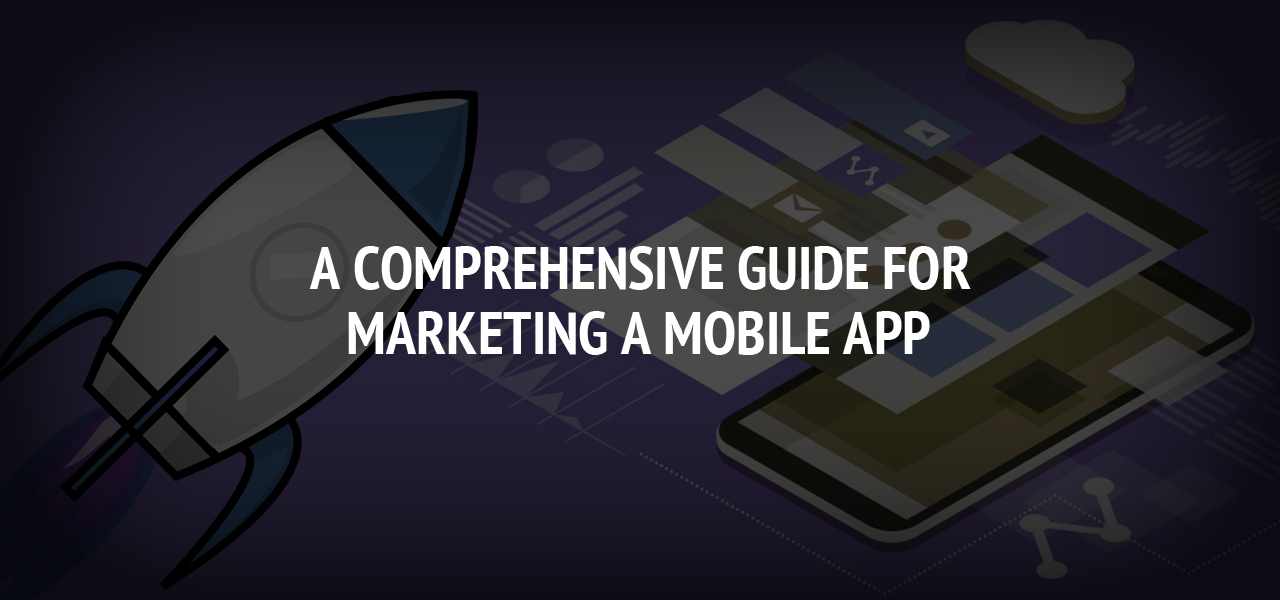Implementing Professional Services Automation: A Guide

For companies in the professional services sector, streamlining operations and maximizing efficiency are hallmarks of growth and customer satisfaction. This is precisely where implementing professional services automation (PSA) becomes crucial. PSA tools offer a unified platform to manage projects, resources, and financials - all in one place. Understanding how to harness the power of PSA software can transform your business, turning potential into palpable results. Keep reading to delve into the intricacies of adopting this game-changing technology.
Understanding Professional Services Automation and Its Benefits
PSA is a suite of software designed to help service-oriented organizations manage project portfolios, resource allocation, and invoicing. It brings coherence to typically disparate processes and provides clear visibility across operations. This integration enhances project tracking, scheduling, and more accurate budgeting.
By implementing PSA tools, companies benefit from time savings due to automation, increased billing accuracy, and reduced administrative overhead. It also facilitates better decision-making through real-time KPIs and analytics. Overall, PSA helps deliver projects more efficiently and with higher profit margins, a significant competitive advantage in today's market.
Firms that implement PSA software also notice an uptick in customer satisfaction. Accurate billing and timely project completion are among the most apparent direct benefits. Additionally, as PSA encompasses customer relationship management (CRM) functionalities, it can lead to improved customer interactions and service delivery processes.
Moreover, the strategic alignment of projects and resources ensures that the right people are working on the right tasks, thus promoting employee satisfaction. As workflows are optimized and the administrative load is reduced, team members can concentrate on value-added activities and personal development.
Essential Features to Look for in Professional Services Automation Software
When scrutinizing the market for PSA tools, certain features stand out as indispensable. Project management functionalities are the cornerstone, providing a dashboard to plan, execute, and monitor project progress. Time and expense tracking modules are also crucial, as they influence both billing and payroll accuracy.
Moreover, as collaboration is key in service delivery, look for software that offers seamless communication tools. This can include integrated email, chat functionality, and document sharing, all of which ensure that team members are on the same page. Strong security protocols are also non-negotiable, as they safeguard sensitive project and client data.
The user experience is not to be overlooked. An intuitive interface requiring minimal training can be the difference between a rapidly adopted tool and one resisted by staff. Sturdy customer support from the software vendor can also be significant in successful implementation and ongoing use.
The Step-by-Step Process of Implementing Professional Services Automation
An initial assessment of your organization's current processes is essential to implement professional services automation. This observation phase helps determine which areas will benefit most from automation. Following this, a detailed plan outlining the implementation process, training schedules, and milestones should be developed.
The subsequent step is choosing a PSA vendor that aligns with your company's needs. This choice should be based on features, integrations, scalability, and support. Once a solution is selected, configuring the software to fit the organization's specific processes and workflows is crucial, which may involve customizing fields, templates, and reports.
Training staff on how to use the new system effectively is a vital component. It ensures smooth adoption and minimizes resistance to change. A phased roll-out can help, allowing users to become familiar with the software incrementally rather than facing a complete overhaul.
Lastly, a thorough testing period should precede a full-scale launch. This will help identify any potential issues with data migration, integrations, or user experience. Providing a feedback mechanism during this phase is beneficial; it encourages users to contribute towards refining the system before it goes live organization-wide.
Overall, the journey toward professional services automation is marked by meticulous planning, thorough assessment, and continuous optimization. By following the guidance in this article, organizations can reap the rich rewards that PSA software offers, from heightened efficiency to improved client satisfaction and profitability.
About The Author
Related Blog
View All-
A Comprehensive Guide for Marketing a Mobile App
The tech world stresses on developing a great app that runs glitch-free and addresses a pain-point carefully. But, there is an equally important thing, which is vital for the app’s success and that is marketing. If you want to promote your app efficaciously, ...
-
The Best VR Mobile App To Ensure Better UX
The world of mobile is ever changing with the continual development in technology and its use. If you follow the trend you will see that there is a new mobile app developed and released almost every day, all of which are aimed to provide the best user experience. ...







